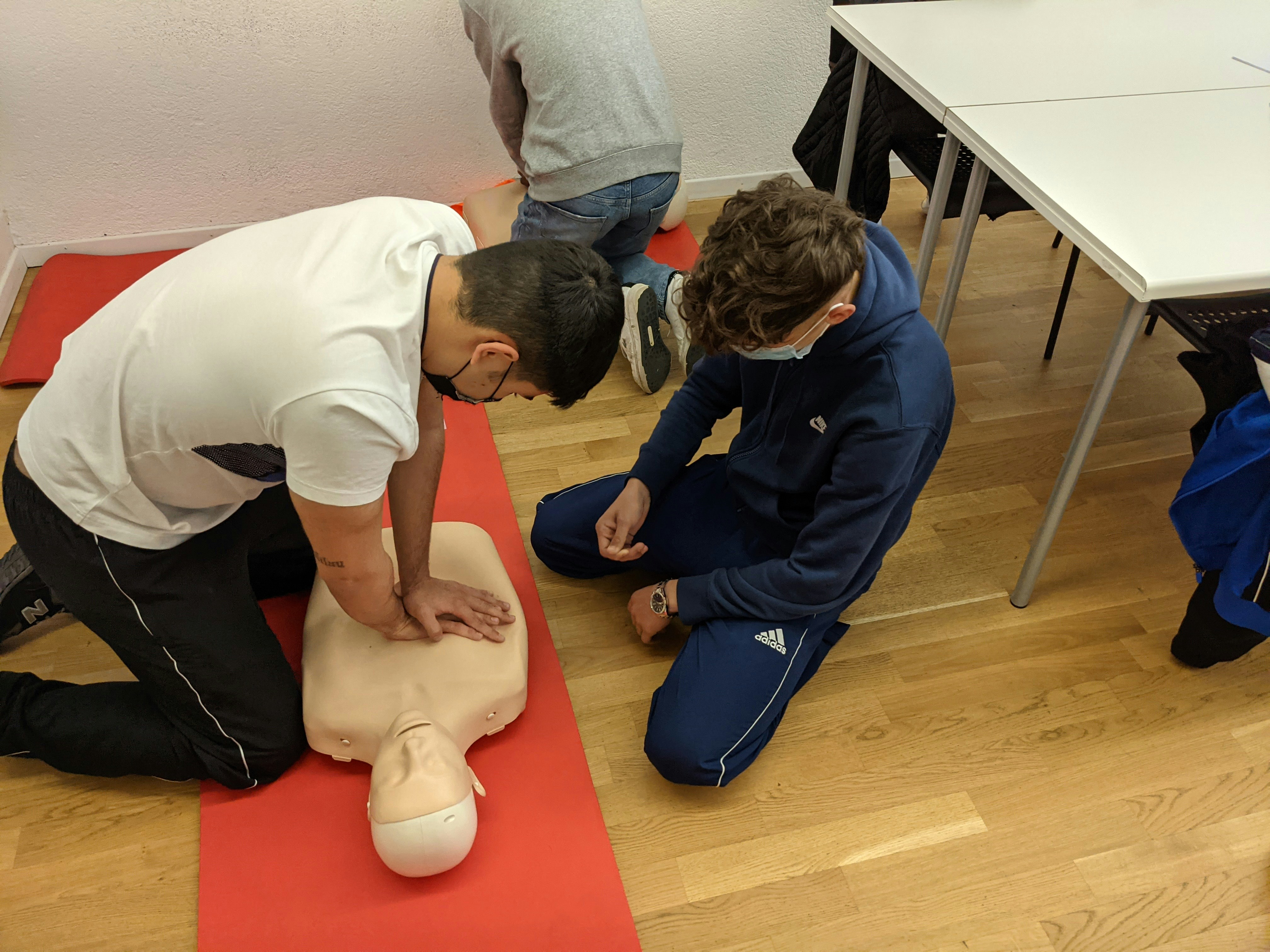
Essential CPR And First Aid Techniques Everyone Should Learn
Every second counts when an emergency strikes, and your quick response can make a crucial difference. By keeping a clear head and following simple instructions, you can take charge of the situation and help someone in need. This resource outlines easy-to-understand CPR and first aid techniques you can use right away, even if you have no prior experience. You will find practical advice designed to build your confidence and prepare you for unexpected situations. Explore these essential tips and consider enrolling in a certified class to deepen your skills and stay ready to assist when it matters most.
Advertisement
Knowing basic skills enables you to respond to heart attacks, choking, bleeding, and more. You’ll find bullet points, numbered steps, and real examples to make these techniques stick. By the end, you’ll feel ready to step in with confidence whenever someone needs help.
Understanding CPR Basics
Cardiopulmonary resuscitation (CPR) combines chest compressions and rescue breaths to keep blood circulating. Taking prompt action can double or triple a victim’s chance of survival. The American Heart Association states that survival rates decrease by 10% for each minute without CPR.
Learning core terms clears up confusion during a critical moment. Remember these essentials:
- Chest Compressions: Rhythmic pushes at 100–120 beats per minute, roughly the tempo of “Stayin’ Alive.”
- Rescue Breaths: Two breaths after every 30 compressions, if you are trained and comfortable.
- Automated External Defibrillator (*AED*): Device that analyzes heart rhythm and delivers a shock if needed.
Key CPR Techniques
Follow these steps to perform effective CPR. Practice on a manikin or join a hands-on class to build muscle memory.
- Check responsiveness. Gently shake the shoulders and shout, “Are you OK?”
- Call 911 or ask someone else to call. Arrange for an *AED* to arrive.
- Position hands. Place the heel of one hand at the center of the chest. Stack the other hand on top, fingers interlaced.
- Perform compressions. Push down 2 inches deep at 100–120 compressions per minute. Let the chest rise fully between pushes.
- Open the airway. Tilt the head back, lift the chin, and look for breathing.
- Give rescue breaths. Pinch the nose, seal your mouth over theirs, and blow for about 1 second. Watch the chest rise. Repeat once.
- Alternate cycles. Keep switching between 30 compressions and 2 breaths until help arrives or the person recovers.
- If you find and use an *AED*, follow its voice prompts exactly. Continue CPR until the device instructs you to step back.
Real-world example: A 9-year-old girl in Denver helped save her grandfather’s life by calling 911, starting CPR, and using an *AED*. You can be that life-changer.
Essential First Aid Skills
First aid covers various emergencies where the person is not breathing. You will stop bleeding, treat burns, and handle choking without hesitation. Break down each problem into clear actions.
Focus on these must-know interventions:
- Severe bleeding: Apply firm pressure with a clean cloth. Elevate the wound above heart level.
- Minor burns: Run cool water over the area for 10–20 seconds. Cover with a sterile dressing.
- Choking (conscious): Perform abdominal thrusts (Heimlich maneuver) until the object clears.
- Choking (unconscious): Lower the person gently, start CPR, and check the mouth for the blockage.
- Sprains and fractures: Immobilize the area with a splint or rolled-up magazine. Apply ice.
Common Emergency Scenarios
Visualize these situations and mentally run through your response. You will reduce reaction time and avoid freezing when every second counts.
Scenario: A colleague collapses in the office lobby. You check responsiveness, call for help, and start chest compressions. Another co-worker retrieves the building’s *AED*. The device analyzes the heart, advises a shock, and you deliver it. You continue CPR until paramedics arrive.
Scenario: A friend burns their forearm on a hot pan. You cool the burn under running water. You cover it loosely and watch for signs of infection: redness, swelling, or pus. If the burn is larger than 3 inches or involves the face, seek medical attention.
Practice, Training, and Certification
Practicing regularly helps you solidify your skills. Schedule quarterly drills with friends or co-workers. Spend 30 minutes practicing CPR and first aid on a training manikin.
Follow these steps:
- Look for local classes through community centers or the AHA website.
- Book an instructor-led session. Hands-on guidance provides more benefit than just watching videos.
- Recertify every two years. Techniques change, and refreshers help build confidence.
Mastering CPR and first aid enables you to respond effectively in emergencies. Sign up for a certified course and practice regularly to stay prepared. Your action can save lives.
Advertisement